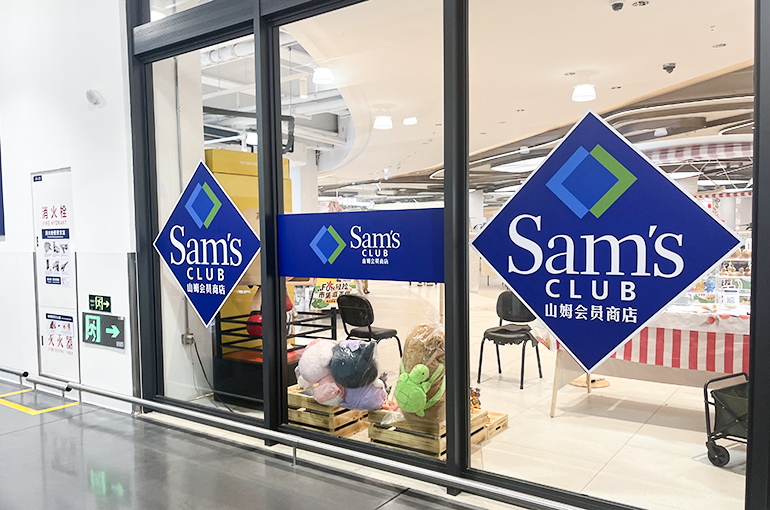Select Language:
(October 22) — A membership-only supermarket chain owned by a major U.S. retail corporation is rapidly expanding into smaller cities and counties across China. This strategic move is driven by increasing consumer spending power in these areas and the saturated market in major cities.
The company opened a new store in Zhangjiagang, a county-level city under Suzhou’s jurisdiction in eastern Jiangsu province, on October 20. This marks its third outlet in such a city and the fourth supermarket in Suzhou overall.
The first county-level store was launched in Kunshan, part of Suzhou, followed by another in Jinjiang in southeastern Fujian province. The brand is also constructing a new outlet in Jiangyin, Jiangsu, and plans to open one in Yiwu—a city renowned for hosting the world’s largest wholesale market for small commodities.
Currently, the company operates 58 supermarkets across China, primarily located in the country’s four first-tier cities—Beijing, Shanghai, Guangzhou, and Shenzhen—as well as in the economically developed eastern provinces of Jiangsu and Zhejiang.
The counties targeted for expansion display robust economic activity, with last year’s gross domestic products exceeding CNY 500 billion (roughly USD 70.2 billion) in Kunshan and Jiangyin, making them the most economically thriving county-level areas in China. Zhangjiagang and Jinjiang also boasted GDPs exceeding CNY 300 billion.
In recent years, Chinese counties and rural areas have experienced rapid economic growth, leading to improved local commercial facilities and increased resident consumption. Data from the National Bureau of Statistics shows that county and rural markets contributed nearly 40% of total retail sales of consumer goods in China from January to September.
Other well-known consumer brands are also expanding into these lower-tier markets. For instance, Starbucks entered 166 new county-level markets during the 2024 fiscal year, now operating stores in over 1,000 counties nationwide, according to its latest financial report.







